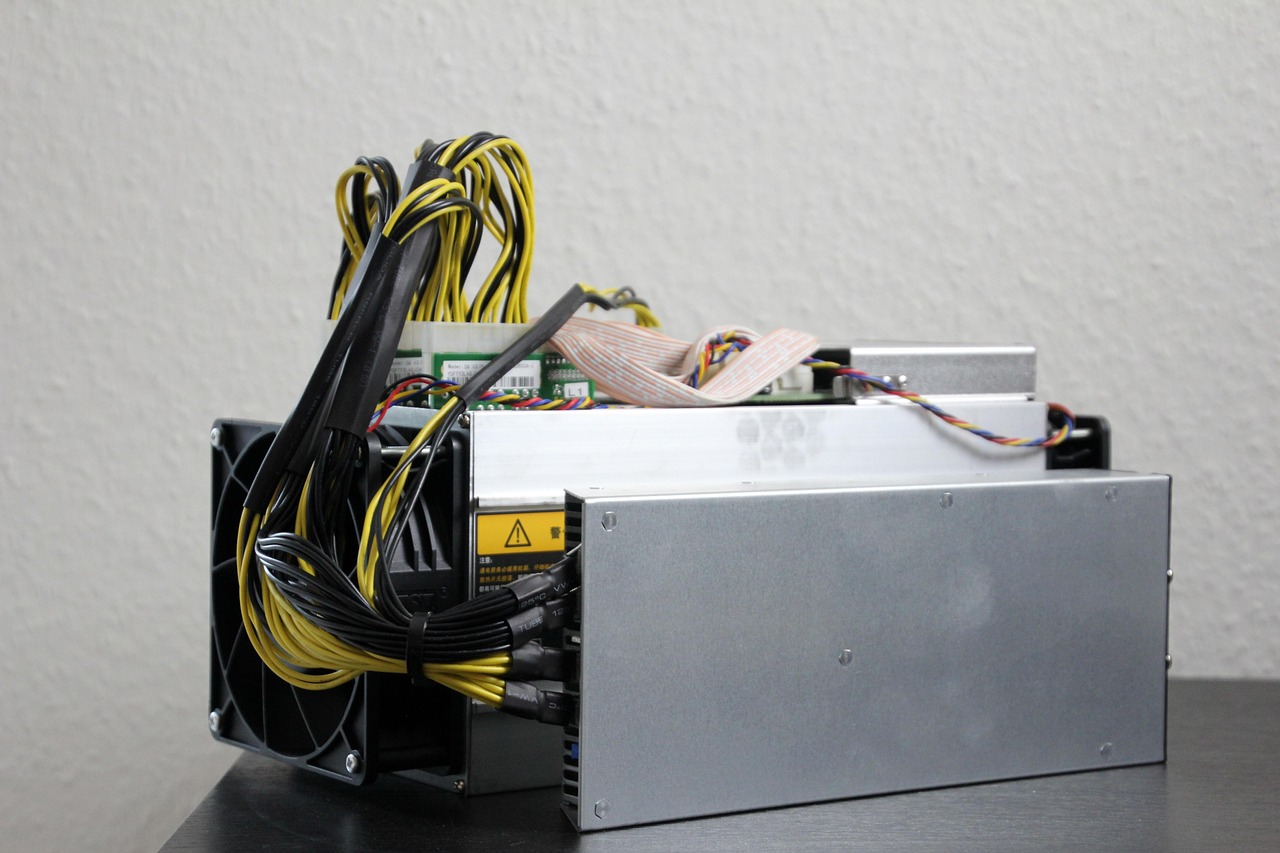Cryptocurrency, the digital or virtual currency secured by cryptography, has rapidly evolved from a niche concept to a mainstream phenomenon. Understanding what it is, how it works, and its potential impact is crucial for anyone looking to navigate the modern financial landscape. This guide will explore the core aspects of cryptocurrency, providing a comprehensive overview for beginners and enthusiasts alike.
What is Cryptocurrency?
Defining Cryptocurrency
Cryptocurrency is a decentralized digital currency that uses cryptography for security, making it difficult to counterfeit or double-spend. Unlike traditional currencies issued by central banks, cryptocurrencies operate on a distributed ledger technology called blockchain. Bitcoin, the first and most well-known cryptocurrency, was created in 2009 by an anonymous entity known as Satoshi Nakamoto.
For more details, see Investopedia on Cryptocurrency.
- Decentralized: No single entity controls the cryptocurrency network.
- Cryptography: Uses advanced encryption techniques to secure transactions.
- Blockchain: A transparent and immutable record of all transactions.
Key Characteristics
- Digital: Exists only in electronic form.
- Decentralized: Operates independently of central banks.
- Transparent: Transactions are recorded on a public ledger.
- Secure: Uses cryptography to protect against fraud.
- Global: Can be used for transactions across borders.
- Example: Bitcoin, Ethereum, and Litecoin are examples of cryptocurrencies that can be used to purchase goods and services where accepted, or traded on exchanges like Coinbase or Binance.
How Cryptocurrencies Differ from Traditional Currency
Traditional fiat currencies are issued and regulated by central banks and rely on a centralized system. Cryptocurrencies, on the other hand, are decentralized and rely on cryptography and blockchain technology.
- Centralized vs. Decentralized: Fiat currencies are controlled by central authorities, while cryptocurrencies are not.
- Regulation: Fiat currencies are heavily regulated, while cryptocurrencies face varying levels of regulation depending on the jurisdiction.
- Transaction Fees: Cryptocurrency transaction fees can be lower than traditional banking fees, especially for international transfers.
Understanding Blockchain Technology
What is Blockchain?
Blockchain is a distributed, decentralized, public ledger that records transactions across many computers. It is the underlying technology that enables the existence of cryptocurrencies. Each block in the blockchain contains a batch of transactions, and once a block is added to the chain, it cannot be altered, ensuring the integrity of the data.
- Distributed Ledger: Data is stored across multiple computers.
- Decentralized: No single point of control.
- Immutable: Once a block is added, it cannot be changed.
- Transparent: All transactions are publicly viewable (though user identities are often masked).
How Blockchain Works
Benefits of Blockchain
- Enhanced Security: Cryptography ensures the integrity of the data.
- Transparency: All transactions are publicly viewable.
- Efficiency: Transactions can be processed faster than traditional methods.
- Reduced Costs: Eliminates intermediaries, reducing transaction fees.
- Example: Consider a simple example: if Alice sends Bob 1 Bitcoin. This transaction is broadcast to the Bitcoin network. Miners (nodes) verify the transaction’s legitimacy. Once verified, the transaction is included in a block, which is then added to the blockchain. This transaction is now permanently recorded and visible to everyone on the network.
Investing in Cryptocurrency
Risks and Rewards
Investing in cryptocurrency can be both rewarding and risky. The market is highly volatile, and prices can fluctuate dramatically in short periods. However, the potential for high returns has attracted many investors.
- Potential Rewards:
High potential returns.
Diversification of investment portfolio.
Access to new and innovative technologies.
- Potential Risks:
High volatility.
Lack of regulation.
Security risks (e.g., hacking, theft).
How to Buy Cryptocurrency
Choosing a Cryptocurrency Wallet
A cryptocurrency wallet is a digital wallet used to store, send, and receive cryptocurrencies. There are several types of wallets:
- Hardware Wallets: Physical devices that store your private keys offline (e.g., Ledger, Trezor). Considered the most secure.
- Software Wallets: Applications installed on your computer or mobile device (e.g., Exodus, Trust Wallet).
- Exchange Wallets: Wallets provided by cryptocurrency exchanges. Convenient but less secure.
- Paper Wallets: Physical documents containing your private and public keys.
- Tip: Always research the security features of any wallet before using it. Hardware wallets are generally considered the most secure option for long-term storage.
The Future of Cryptocurrency
Potential Applications
Cryptocurrency has the potential to revolutionize various industries beyond finance:
- Supply Chain Management: Tracking goods and materials from origin to consumer.
- Healthcare: Securing and sharing medical records.
- Voting Systems: Ensuring secure and transparent elections.
- Real Estate: Streamlining property transactions.
Regulatory Landscape
The regulatory landscape for cryptocurrency is constantly evolving. Some countries have embraced cryptocurrency, while others have taken a more cautious approach. Understanding the regulations in your jurisdiction is essential before investing in cryptocurrency.
- Varying Regulations: Regulations differ widely across countries.
- Increased Scrutiny: Regulators are paying closer attention to the cryptocurrency market.
- Potential for Innovation: Clear regulations can foster innovation and growth.
Trends to Watch
- Decentralized Finance (DeFi): Financial applications built on blockchain technology.
- Non-Fungible Tokens (NFTs): Unique digital assets representing ownership of items.
- Central Bank Digital Currencies (CBDCs): Digital currencies issued by central banks.
- Layer-2 Scaling Solutions: Technologies that improve the scalability of blockchain networks.
- Example: DeFi platforms allow users to lend, borrow, and trade cryptocurrencies without intermediaries, offering potentially higher returns than traditional financial services. However, DeFi also comes with its own set of risks, such as smart contract vulnerabilities.
Conclusion
Cryptocurrency represents a significant innovation in the world of finance and technology. While investing in cryptocurrency involves risks, understanding the fundamentals of blockchain technology, different types of cryptocurrencies, and security measures can help you navigate this evolving landscape. As the regulatory environment becomes clearer and new applications emerge, cryptocurrency is poised to play an increasingly important role in the global economy. Staying informed and adopting a cautious, research-driven approach is key to successfully engaging with the world of cryptocurrency.
Read our previous post: Smart Home Ecosystems: Privacy First, Features Second




